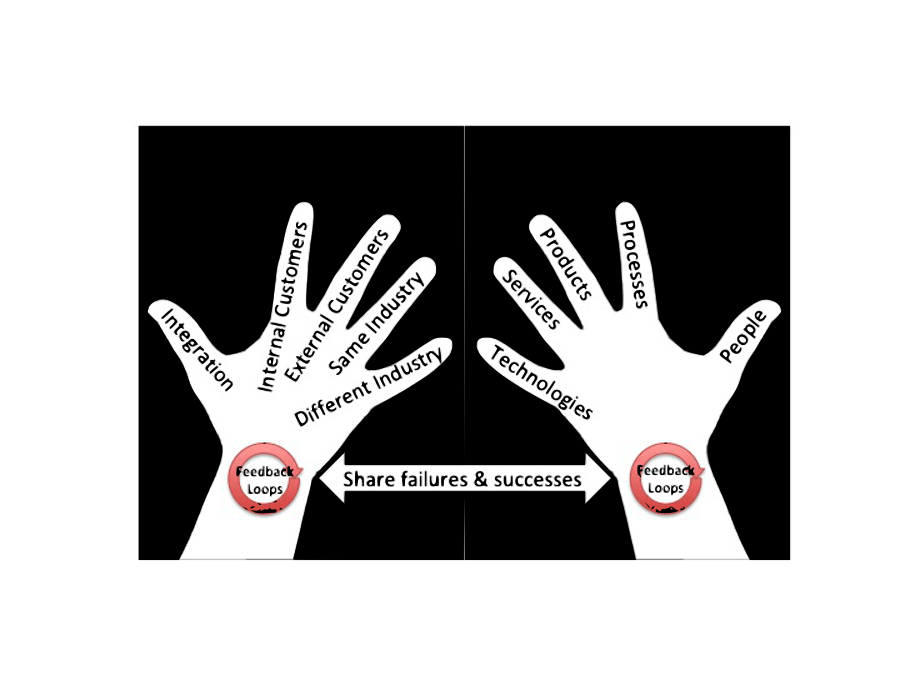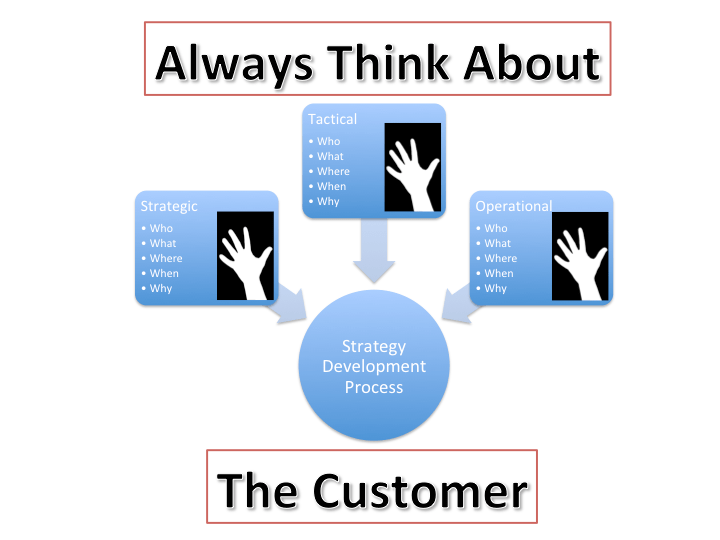In previous blog posts, I have given you thoughts on how factors such as Strategy, Politics, Innovation, and Culture can be used to achieve Business Transformation in your organization. Today, I am going to talk about how these factors need Execution to be successful.
Generally speaking, Execution is the act of doing or performing something. In terms of the organization, Execution also means measuring performance at the individual and organizational levels. This implies that individual performance at the executive, middle management and front-line employee levels is directly linked to the organization’s overall transformation. Having said that, most organizations haven’t grasped this idea or are slow to adapt (hence are being disrupted). Some of the biggest mistakes organizations make in terms of Execution are:
- There are no direct links and steps between Strategy and Execution
- Effects of Strategy, Politics, Innovation, and Culture aren’t measured
- Execution can be confusing (e.g., Quality vs. Speed)
To create an organization that can efficiently and effectively perform Execution, there should be direct links between vision, mission statement, business objectives, policy, plans of action, internal boundaries, external influences, new ideas/devices/methods, biases and of course measurements of all of this to create a baseline of where the organization is and where the organization wants to be. All of this is a lot of work but it will give you a glimpse into the ‘character’ of your organization. Don’t do this alone and don’t create a huge team to do it either. Begin by asking the following questions from different people inside and outside your organization to get an understanding of what is really going on and then share those answers:
Strategic Perspectives on Execution::
| Today |
Tomorrow |
|
| 1. | Who is incentivized at the executive level to directly link and measure the performance of Strategy, Politics, Innovation, Culture to Execution? | Who should be incentivized at the executive level to directly link and measure the performance of Strategy, Politics, Innovation, Culture to Execution? |
| 2. | What governance structures are in place to link and measure strategy creation, holistic vs. specific unit/function/team strategic needs, the flow of innovative ideas and cultural transformation to Execution? | What governance structures should be placed to link and measure strategy creation, holistic vs. specific unit/function/team strategic needs, the flow of innovative ideas and cultural transformation to Execution? |
| 3. | Where is technology being used to link and measure strategy development, political effects, help innovation and transforming the culture to Execution? | Where should technology be used to link and measure strategy development, political effects, help innovation and transforming the culture to Execution? |
| 4. | When and how often strategic objectives, political motivations, innovation needs and cultural objectives communicated are linked and measured? | When and how often should strategic objectives, political motivations, innovation needs and cultural objectives communicated be linked and measured? |
| 5. | Why holistic strategy development, political understanding, views on innovation and cultural transformation is linked and measured? | Why holistic strategy development, political understanding, views on innovation and cultural transformation should be linked and measured? |
Tactical Perspectives on Execution:
| Today | Tomorrow | |
| 1. | Who is incentivized at the middle management level to directly link and measure feedback on strategy, understanding politics, perceived innovation gains and cultural transformation champions to Execution? | Who should be incentivized at the middle management level to directly link and measure feedback on strategy, understanding politics, perceived innovation gains and cultural transformation champions to Execution? |
| 2. | What business units, functional areas, and teams are included to link and measure strategy development, political implications, innovative acts and cultural transformation to Execution? | What business units, functional areas, and teams should be included to link and measure strategy development, political implications, innovative acts and cultural transformation to Execution? |
| 3. | Where is technology being linked and measuring understanding of strategy development processes, deciphering politics, innovation processes and cultural transformation hinderance to Execution? | Where should technology link and measure understanding of strategy development processes, decipher politics, innovation processes and cultural transformation hinderance to Execution? |
| 4. | When are strategic objectives communications, political motivations, innovation alignment communications, and cultural transformation communications linked and measured in regards to Execution? | When should strategic objectives communications, political motivations, innovation alignment communications, and cultural transformation communications be linked and measured in regards to Execution? |
| 5. | Why it is important to link and measure the tactical implications of strategy, politics, innovation, and culture to Execution? | Why should it be important to link and measure the tactical implications of strategy, politics, innovation, and culture to Execution? |
Operational Perspectives on Execution:
| Today | Tomorrow | |
| 1. | Who sees the linking and measurement of strategy development processes, politics, innovation and cultural transformation to Execution as an obstacle? | Who should see the linking and measurement of strategy development processes, politics, innovation and cultural transformation to Execution as an obstacle? |
| 2. | What links and measurements are there between business processes, power plays, actual vs. perceived innovation and organizational culture to the overall Execution? | What links and measurements should be there between business processes, power plays, actual vs. perceived innovation and organizational culture to the overall Execution? |
| 3. | Where does technology enhance/diminish your understanding of strategy, politics, innovation, and culture when it comes time for Execution? | Where should technology enhance/diminish your understanding of strategy, politics, innovation, and culture when it comes time for Execution? |
| 4. | When are the impacts of strategic objectives, strategy development processes, political objectives, innovation pursuits, innovation feedback needs, and cultural transformation communicated and measured for Execution? | When should the impacts of strategic objectives, strategy development processes, political objectives, innovation pursuits, innovation feedback needs, and cultural transformation be communicated and measured for Execution? |
| 5. | Why the linking and measurement of strategic objectives, political understanding, innovative ideas and cultural transformation to Execution important to your daily tasks? | Why should the linking and measurement of strategic objectives, political understanding, innovative ideas and cultural transformation to Execution be important to your daily tasks? |
To be clear, while Execution does mean to do something but that something is useless if it doesn’t align directly with the organization’s short-term and long-term goals. When setting up these goals, keep in mind that people, processes, products, services, and technologies need to be considered holistically. Additionally, be prudent in understanding that:
- Execution means different things to departments/teams/people
- Execution becomes status quo when nothing is challenged constantly
- Execution is defeated when measuring non-value producing items
- Execution is not about order-making/taking
- Execution fails when it is assumed that everything will work magically











You must be logged in to post a comment.